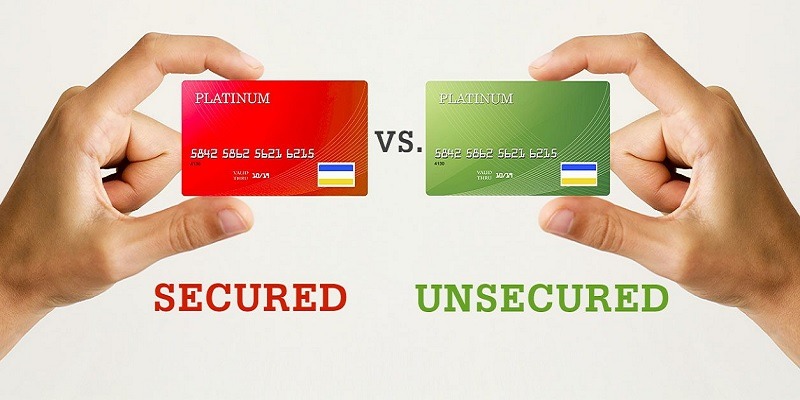When it comes to choosing the right credit card, understanding the difference between secured and unsecured credit cards is crucial. This decision can influence your financial future and affect how you build or maintain your credit score. With various options available, it’s essential to know which type of card suits your needs and financial habits.
In this blog post, we’ll explore the main distinctions between secured and unsecured cards, covering their features, advantages, and potential drawbacks. Ultimately, this information will help you make an informed decision and manage your finances more effectively.
Understanding secured credit cards

Secured credit cards are designed especially for individuals who are either new to credit or working on rebuilding their credit. The primary characteristic of a secured credit card is the requirement of a security deposit. This deposit acts as collateral for the credit line extended to you. Generally, the credit limit is equivalent to the amount of the deposit, ensuring that the card issuer has some security in case of default.
The deposit minimizes the financial risk for the lender, making secured cards more accessible to those with less-than-perfect credit. Monthly payments, including interest if applicable, must still be made as usual. With consistent use and timely payments, cardholders can build a positive credit history.
Who should consider a secured credit card?
A secured credit card is an excellent choice for individuals either starting their credit journey or recovering from past credit issues. If you’re just beginning to build credit, or if past financial missteps have damaged your credit score, a secured credit card can offer the chance to demonstrate fiscal responsibility. These cards are often accessible to those with a poor or nonexistent credit history, providing a gateway to traditional credit options in the future.
Secured cards can also serve as valuable learning tools for those new to credit. Managing a secured card helps users understand interest rates, payment schedules, and the importance of maintaining a good credit utilization ratio. This practical experience lays the foundation for managing more complex financial products in the future, equipping users with valuable skills for achieving long-term financial stability.
Benefits and drawbacks of secured credit cards
Secured credit cards offer numerous benefits, making them an attractive option for those rebuilding or establishing credit. One of the primary advantages is that they help individuals build or repair their credit score since most secured cards report to major credit bureaus.
Another benefit is the opportunity to learn essential credit management skills in a relatively low-risk environment. As users responsibly utilize their secured credit card, they gain vital experience in handling credit, tracking expenses, and understanding financial terms. This real-world education can prove invaluable in navigating future financial decisions.
Diving into unsecured credit cards
Unsecured credit cards are the more common form of credit card, offering flexibility and convenience without requiring a security deposit. These cards are designed for consumers who have a good or established credit history, and the credit limit depends on the applicant’s creditworthiness.
Lenders assess an individual’s credit score, income, and credit report to determine card eligibility and set the credit limit. Unsecured cards often feature a range of benefits, such as rewards programs or introductory offers.
An unsecured credit card allows users to borrow money within the credit limit, committing to repay the borrowed amount with interest if the balance is not paid in full each month. These cards often come with additional perks like cashback, travel rewards, and purchase protection, making them popular among consumers with established credit.
Who should consider an unsecured credit card?
Unsecured credit cards are ideal for individuals who have established a solid credit history and wish to enjoy the additional benefits that come with these cards. If you possess a healthy credit score and a steady income, unsecured cards offer greater flexibility and spending power compared to secured options.
For those with good credit, an unsecured card provides more diverse opportunities to leverage spending in advantageous ways, such as earning rewards points or cashback on everyday purchases. These incentives appeal to responsible users who can manage their credit effectively, paying off balances in full to avoid accumulating interest.
Benefits and drawbacks of unsecured credit cards
Unsecured credit cards offer several appealing advantages that cater to financially savvy individuals. These cards typically provide greater credit limits than their secured counterparts, offering users more purchasing flexibility.
Moreover, unsecured credit cards often come with promotional offers such as 0% introductory APR on purchases or balance transfers, which can be beneficial for consumers planning larger expenses. However, it is essential to understand the card’s terms fully, including how long the promotional period lasts and what the standard APR will be afterward.
Despite their advantages, unsecured credit cards also have potential drawbacks. Qualification may be challenging for individuals with poor credit histories, as lenders set higher standards for approving these cards. Additionally, interest rates and fees can be higher on unsecured cards if balances are not paid in full.

